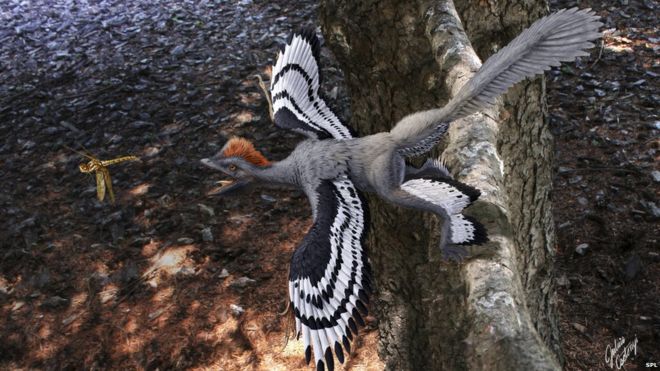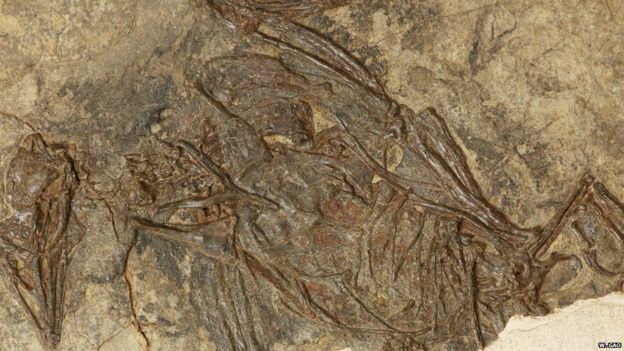| Location: Home > News > Events |
| BBC News:New evidence on how birds took to the air |
|
Skeletal changes that helped birds take to the air happened 120 million years ago, during the hey day of dinosaurs, according to a specimen from China. Features such as fused bones were thought to be present only in relatively advanced birds, living just before the dinosaurs went extinct. A strong, rigid skeleton is part of the blueprint of modern birds.
Fossils of feathered dinosaurs help explain how flight evolved The bird, Pterygornis dapingfangensi, lived in north-eastern China during the Early Cretaceous. It is only the second of its kind to be discovered and is exquisitely preserved. The find ''pushed back the date for these birds' features by over 40 million years,'' said co-researcher, Min Wang from the Institute of Vertebrate Palaeontology and Palaeoanthropology at the Chinese Academy of Sciences in Beijing. One of the requirements of all flying machines is a structure that is both strong and lightweight. To achieve this in birds meant changes to the basic body plan of most back-boned animals. During the course of bird evolution, some of the vertebrae and bones of the pelvic girdle fused together, as did some finger and leg bones. And many tail, finger, and leg bones were lost.
The fossil dates back 120 million years The specimen is the oldest known bird fossil with fully fused hands and pelvic girdles, said Dr Steve Brusatte of the University of Edinburgh, who reviewed the scientific paper, published in the journal PNAS.
''These are fundamental features of the modern bird blueprint, and are integral to giving birds the strength and rigidity needed to fly,'' he explained. ''There seems to have been a lot of experimentation among early birds, with different species trying out different ways of making their skeletons stronger and better able to withstand the rigours of flight." 10 October 2017 By Helen BriggsBBC News |

